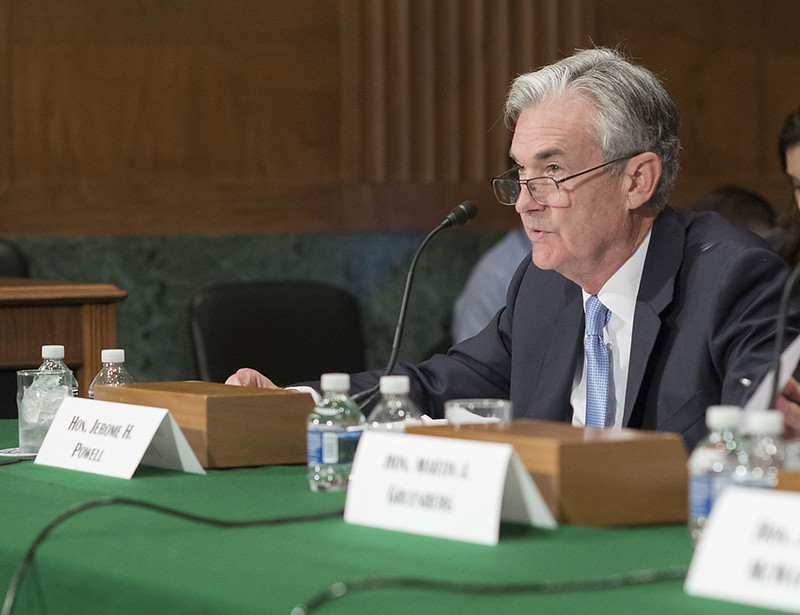
The Fed’s chairman, Jerome Powell, appeared at a press conference earlier this week, announcing a .75 percent rate hike was in the works for June. Then, he said another .75 percent hike is right around the corner in July.
This marks the steepest interest rate hike since 1994, putting the US economy at great risk of tipping over into a recession.
This is something many analysts believe is nearly guaranteed to be the case for the upcoming year.

The implications of the most recent rate hike
What the hike actually means though, is credit cards, mortgages, and every type of loan essentially will have their interest rates skyrocket, making it that much harder for the average American to afford a home or a car.
The rate hike comes as the Fed’s last-ditch effort to calm down the ever-growing inflation, which already put a dent in lower-to-middle class wallets and savings.
This also applies to last year’s retirees, whose retirement plans were nearly cut in half by the rapidly growing cost of living.
Today, within the space of an hour, Defense Secretary Austin will announce another billion dollars in weapons for the war against Russia, and Jerome Powell will announce a rate hike to increase unemployment and reduce workers' bargaining power.
War abroad is war at home.
— Andre Damon (@Andre__Damon) June 15, 2022
This means mortgage rates, which have hit a historic low of under 3% last year, are bound to be setting new records this year, when becoming a homeowner will have become a herculean task.
One positive thing to take out from all of this is savings accounts will also experience interest rate increases, albeit long-term returns on bonds are likely to suffer.
The housing market is in trouble once again
Fed officials have announced they’re expecting four more consecutive rate hikes in 2023, which would set the benchmark around 3%.
This is a risky move the Fed believes is our last option for cooling down this high inflation climate.
My money was losing 8.6% every year due to inflation so I decided to invest it in the stock market. Now I’m losing 8.6% every day.
— Not Jerome Powell (@alifarhat79) June 10, 2022
However, the risk may end up outweighing the rewards.
That’s if the Fed doesn’t manage to stick the landing, especially given the scenario where inflation remains at an all-time high, due to the Ukrainian war.
A single .25 percent interest rate hike can’t do much to a household’s budget. However, the cumulative effect of consecutive rate hikes can be damaging to both a household’s finances and the broader economical outlook.
One of the sectors the Fed’s had its eyes on since it began to combat the issue was the red-hot housing market. This is particularly prone to swings when interest rates are on the rise, as home prices have risen by 38% since the pandemic started.
Dearest Americans,
In the event you'd forgotten, especially if you're among the thousands being laid off across sectors and the nation, "The U.S. economy is very strong."
Sincerely,
Jerome Powell
— Danielle DiMartino Booth (@DiMartinoBooth) June 15, 2022
Mortgage rates were already beginning to rise in late 2021 when the Fed initially announced it would be tightening monetary policy, leaving many prospective homeowners empty-handed.
Additionally, they’re bound to go above and beyond in the upcoming weeks since the average 30-year fixed rate hit 6.28% and is likely to reach the 6.5% mark in the next week or so.












